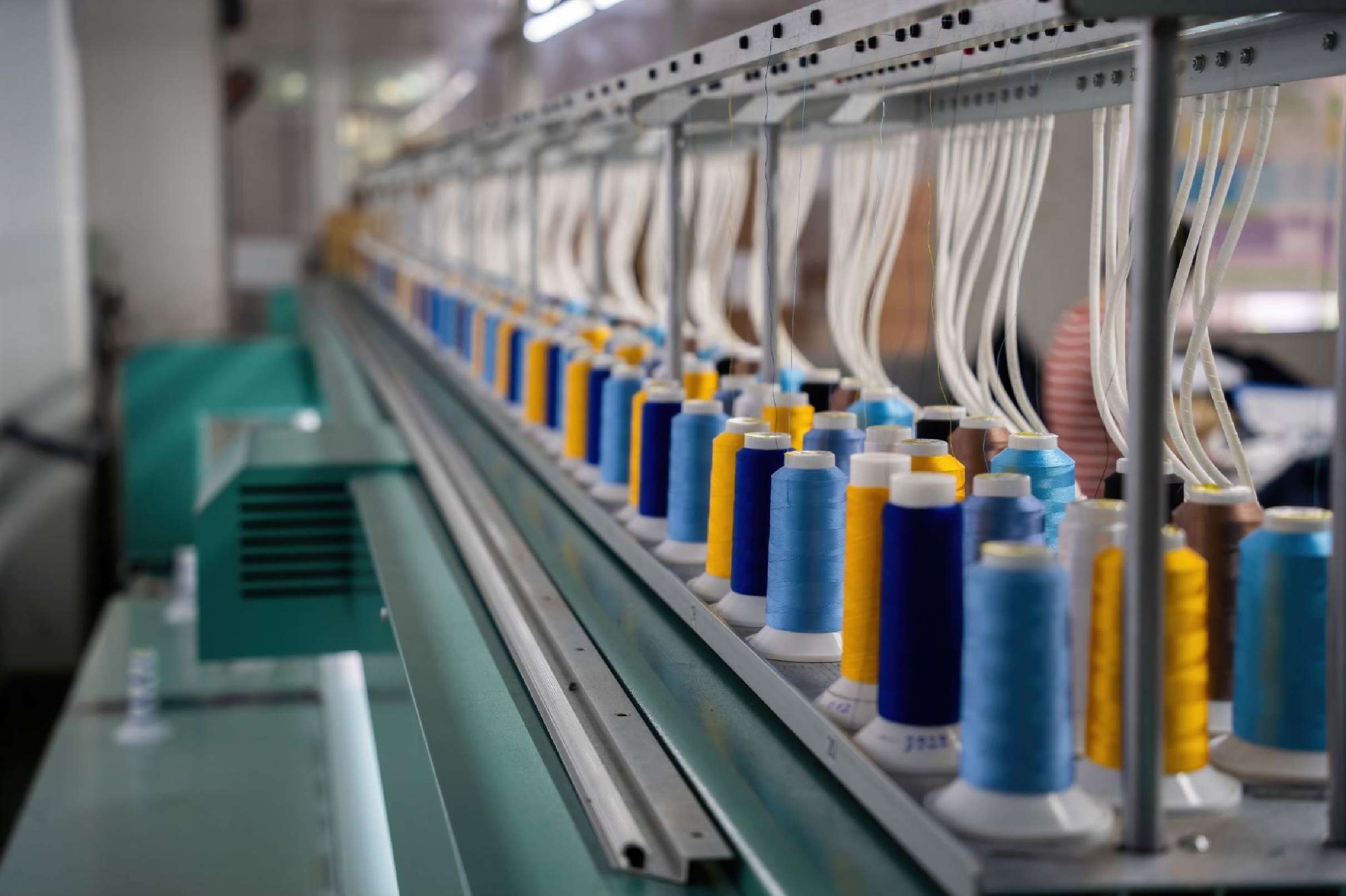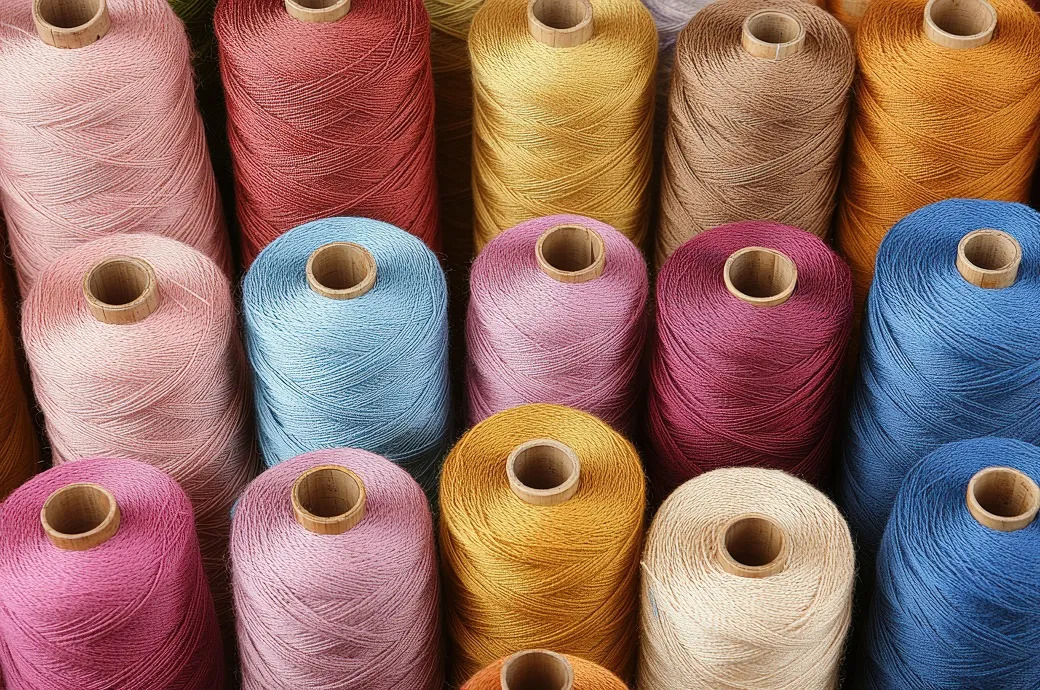Currently accounting for 2.3 per cent to India’s GDP, 13 per cent to industrial production, and 12 per cent to total exports, the contribution of textile and apparel (T&1 industry to India’s GDP is expected to double to 5 per cent by 2030-end.
From Apri-Oct’24, India’s textile exports to Europe increased by 6.39 per cent to $5.66 billion as against $5.32 billion during the same period last year. However, this figure still lags behind the $5.84 billion worth of textile exports achieved in FY23, as per the latest data from the Commerce Ministry.
A significant contributor to the rise in India’s exports to Europe included the RMG sector, which accounted for $3.18 billion of the total exports. Other categories, including cotton yarn, fabrics, made-ups, and handloom products, contributed an additional $1.10 billion. India witnessed a rising demand for its textile products from countries such as Germany, Italy, Sweden, and Finland, among others.
In FY24, key markets for India’s textile exports included Sweden, the Czech Republic, and Switzerland. The country also witnessed a rising demand from emerging markets such as Austria, Greece, and Slovenia. Despite this, Europe’s share in India’s textile exports is on a decline. In FY24, Europe accounted for $9.66 billion or 28.08 per cent of the total $34.40 billion textile exports as against 29.48 per cent or $10.48 billion in FY23. In FY25, India’s textile exports to Europe accounted for 27.34 of its total exports amounting to $5.66 billion.
Several factors are contributing to the growing demand for India’s textile products in the European markets. One significant reason is the ongoing crisis in Bangladesh, which has prompted European buyers to seek alternative sourcing options, leading them to Indian textiles. Rahul Mehta, Chief Mentor, Clothing Manufacturing Association of India (CMAI), notes, while there has been improvement in demand, the performance still falls short of the achievements seen in 2023.
Moreover, the Indian textile industry is adapting to changing global dynamics. The sector is projected to grow at a compound annual growth rate (CAGR) of 10 per cent reaching an estimated $350 billion by 2030. India is already the world’s third-largest exporter of textiles and ranks among the top five global exporters in various textile categories. With exports expected to reach $100 billion by 2030, the industry is poised for significant growth.
Additionally, there is a growing demand for value-added products, such as technical textiles and man-made fibers. These developments are strengthening India’s position as a key global exporter.
In conclusion, while the Indian textile industry faces challenges in fully recovering to previous export levels, the outlook remains positive. With increasing demand from European markets and improvements in logistics and infrastructure, the sector is well-positioned for future growth.












